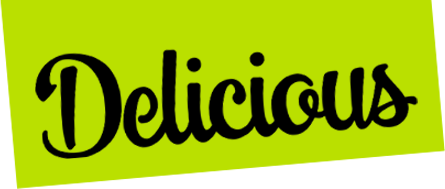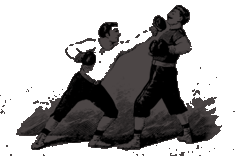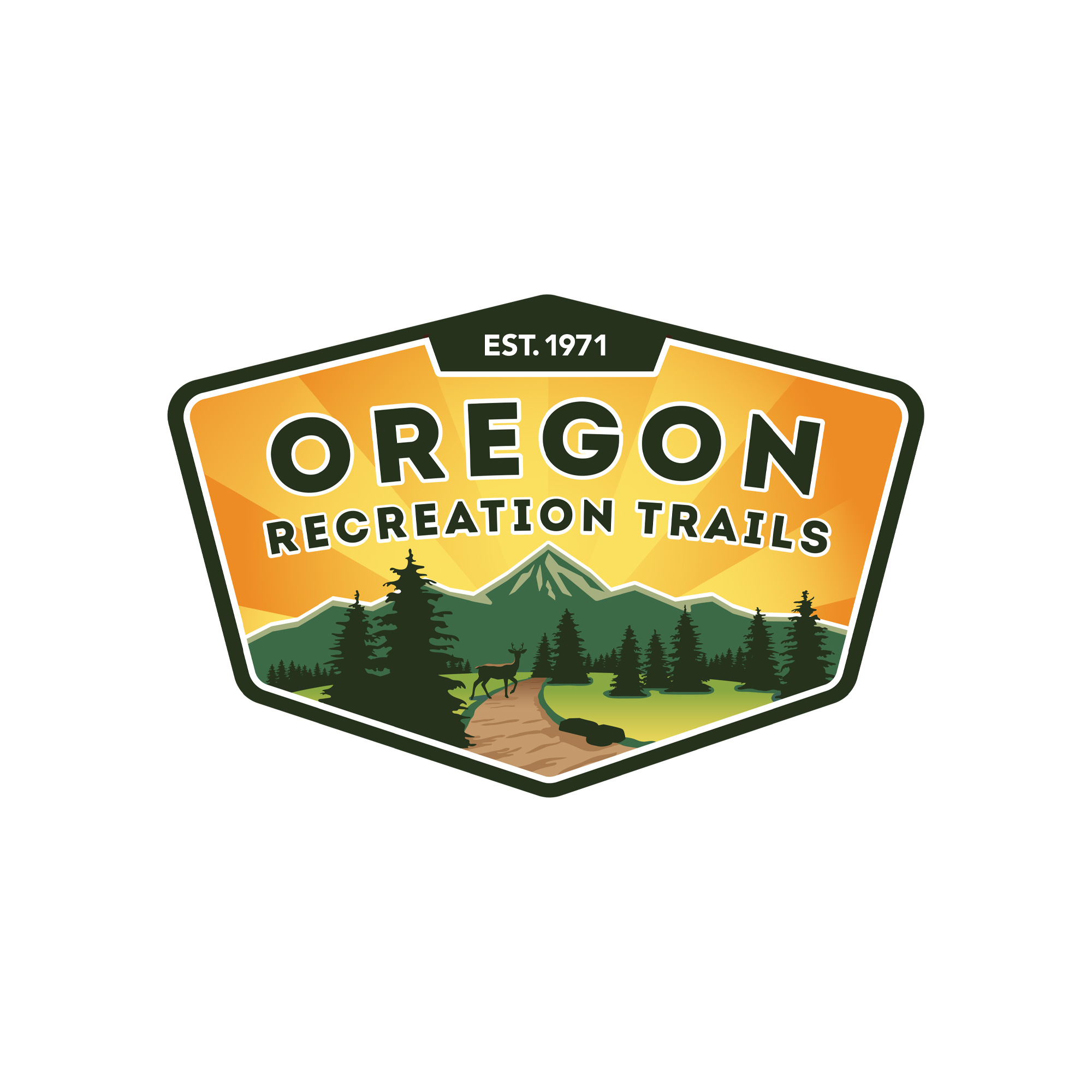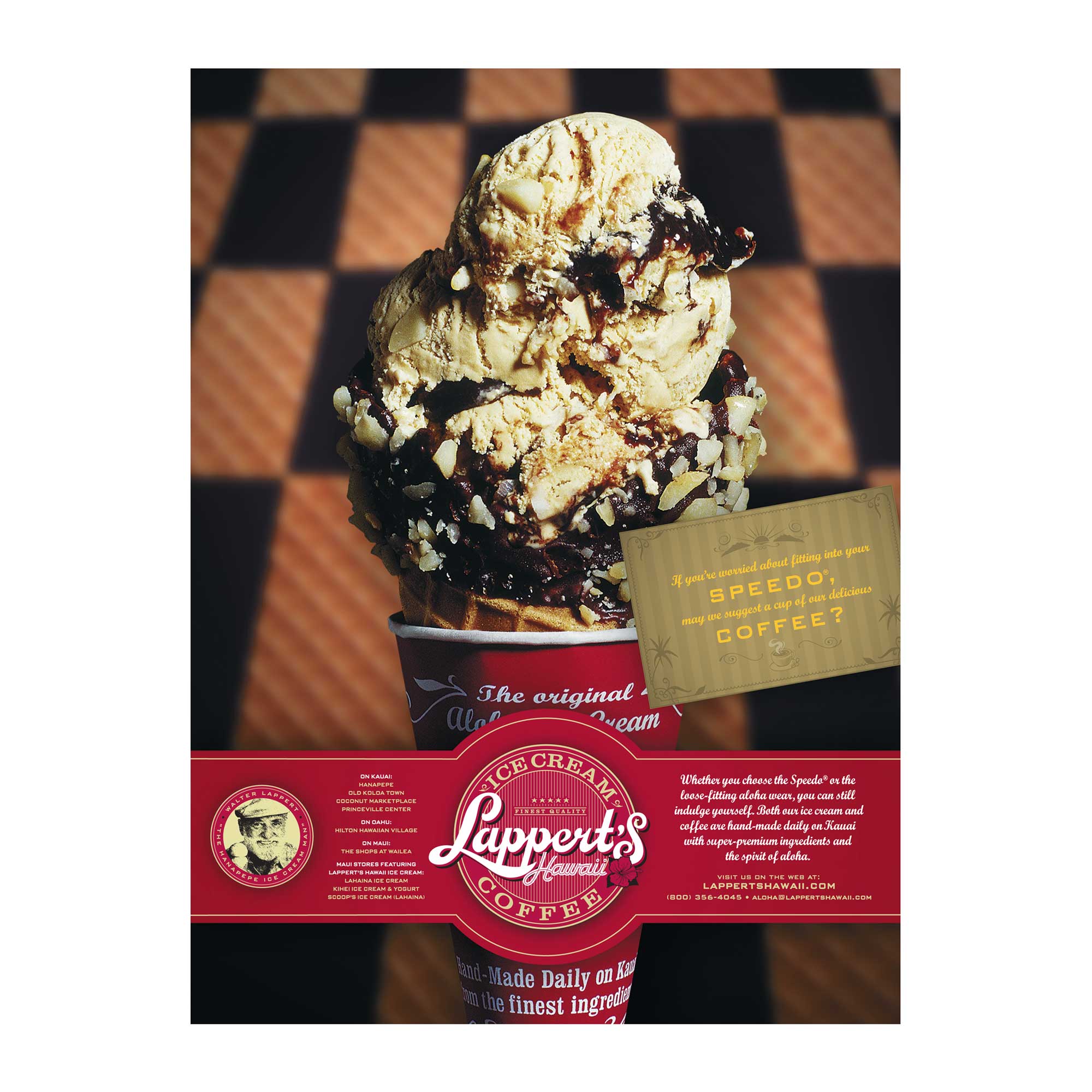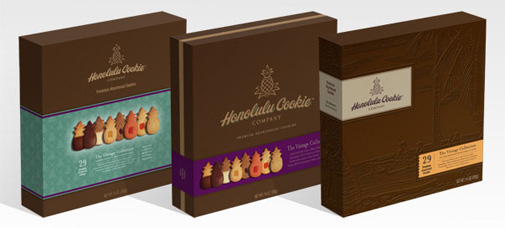
It always delights us to find small businesses which are able to leverage great design and in the process add value (i.e.: dollars) to their bottom line (see Honolulu Cookie Company pictured above). For too many businesses, design is thought of as a frivolous expense — and nothing could be farther from the truth.
Design has a profound effect on how consumers judge the value of your product.
…bad design will have the opposite effect and drive customers away creating an obstacle which is very difficult to overcome…
When it’s done strategically — and executed well — design triggers an emotional attraction and desire for a product, and in the process, increases the perceived value of the product. In simple terms, customers are willing to pay more for a well-designed product.
If your business is selling chocolate bars which cost $2 to make and you have a choice of selling them for the going rate of $3, or selling them for a premium price of $6, which would you choose? If you had to spend $1 per bar on design to double the perceived value, you would still come out $2 ahead. Math has never been my strong suite, but I know that $3 dollars in your pocket is more than $1.
Conversely, bad design will have the opposite effect and drive customers away creating an obstacle which is very difficult to overcome. When the perceived value of your product is driven down, you’re left with no choice but to lower prices. Given the razor thin margin between profit and loss, even a small price reduction can have a dramatic effect on the survivability of your business.
Design is a business asset—not a liability.
Every business plan should include an exit strategy, and part of that strategy should include a calculation of the value of the company’s assets — and that includes design. Businesses who leverage design understand that great logos, signage systems, websites, packaging, and interior design add a lot to the final sale price when a business ultimately changes hands. In effect, the investment businesses make in design is often recouped in full upon selling that business — and the higher prices they’re able to charge along the way become pure profit.
Return on investment. That’s what it means to leverage your investment in great design.
